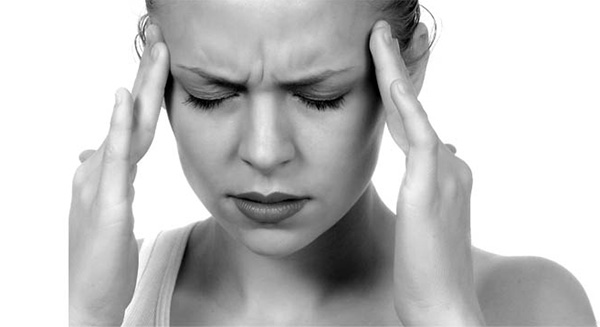Cruel headache, runny nose, purulent nasal discharge, fever, fatigue… These are the signs of sinus infections that commonly occur in this season – of sudden changes in temperature, pressure, humidity and wind.
Sinusitis affects all age groups. According to doctors, between 15% and 20% of the population suffers at least once in their life from sinusitis. Some can make mild forms, like respiratory virus diseases, while others can get severe sinusitis, chronic, repeated during lifetime. Statistics shows that men are more affected by sinusitis than women.
Causes
Sinusitis occurs when the mucous lining of the sinuses becomes inflamed. In the skull, there are eight sinuses, cavities of about two to three millimeters, which are attached to the nasal passages. Each nasal cavity is connected with four sinuses: frontal sinus (behind the forehead), maxillary sinus (behind the cheek), ethmoid sinus and sphenoid sinus. The sinuses are lined by respiratory -type mucosa and in their normal state are filled with air.
There is a risk that one or more sinuses to swell and become clogged because of several external factors, viral or microbial infections, foreign bodies in the nose or nasal trauma. There are also people prone to sinusitis because of anatomical features: development of abnormalities of the sinus septum deviation. A number of defects can be seen: uneven development, the absence of a sinus or abnormal subdivision of it. It’s important that these abnormalities to be detected, and this can be made through an investigation called computed tomography.
Symptoms
Over (90 %) of sinusitis disease have as a starting point, the nose. Common symptoms are intense pain and pressure sensation in the face, along with feeling the nose stuffy or runny. The location of pain or sensitivity depends on the affected sinus. A pain in the cheeks and incisors is often caused by inflammation of the maxillary sinus, while pain in the forehead can be caused by inflammation of the frontal sinus.
Other symptoms may include loss of smell and/or taste, bad breath, purulent nasal discharge with blood streaks. In addition to local and general symptoms other signs may occur: fever, decreased appetite, dizziness, cough, tachycardia, asthenia.
Treatment
Acute sinusitis usually starts as a cold and is caused by viruses. In contrast to ordinary viruses, sinusitis lasts up to four weeks, and the pain and other symptoms will send the patient to the ENT doctor. A sinusitis extending over eight weeks becomes chronic sinusitis. It is very important for the patient to consult a doctor for diagnosis and treatment.
In the case of acute sinusitis treatment should ensure restoration of aeration and drainage of secretions from the sinuses. This is done by administering anti-inflammatory drugs, thinners secretions and nasal decongestants. Also, proper hydration is essential in patients with sinusitis.
Nasal evacuation must be correct, ie each nostril should be discharged at one time and without too much effort. If acute suppurative sinusitis occurs, antibiotics are administered. It is very important to take antibiotics prescribed by the doctor during a period of 10 to 14 days, for the disease to not reappear. In chronic sinusitis, it requires prolonged treatment with antibiotics.
In complicated cases or chronic sinusitis, ENT doctor may recommend surgery to drain the sinuses.

